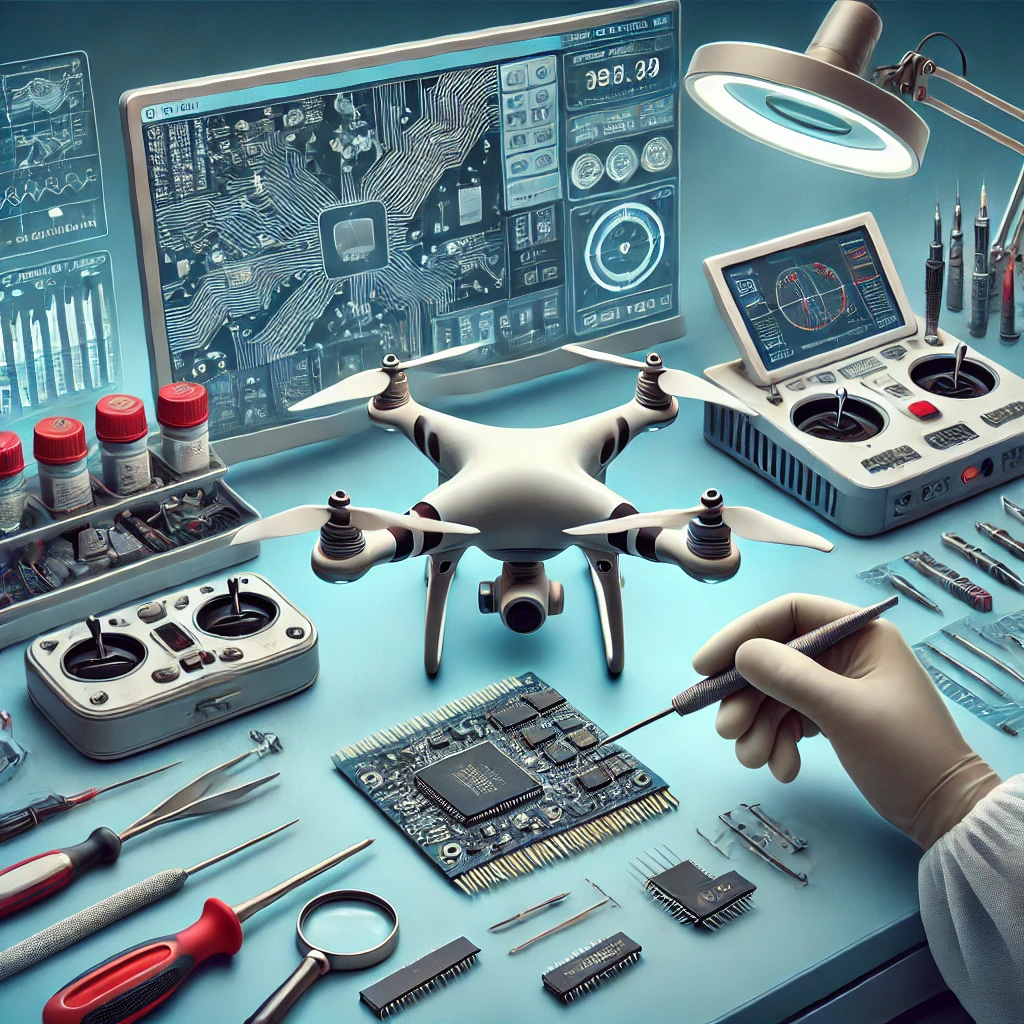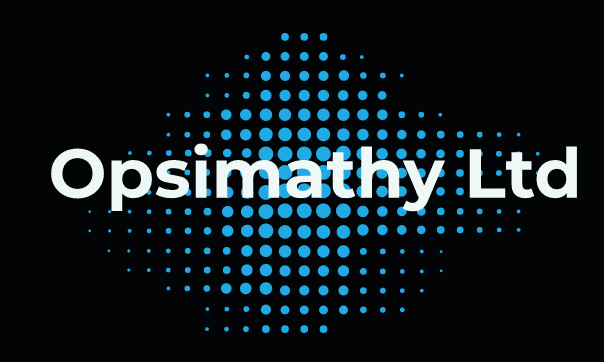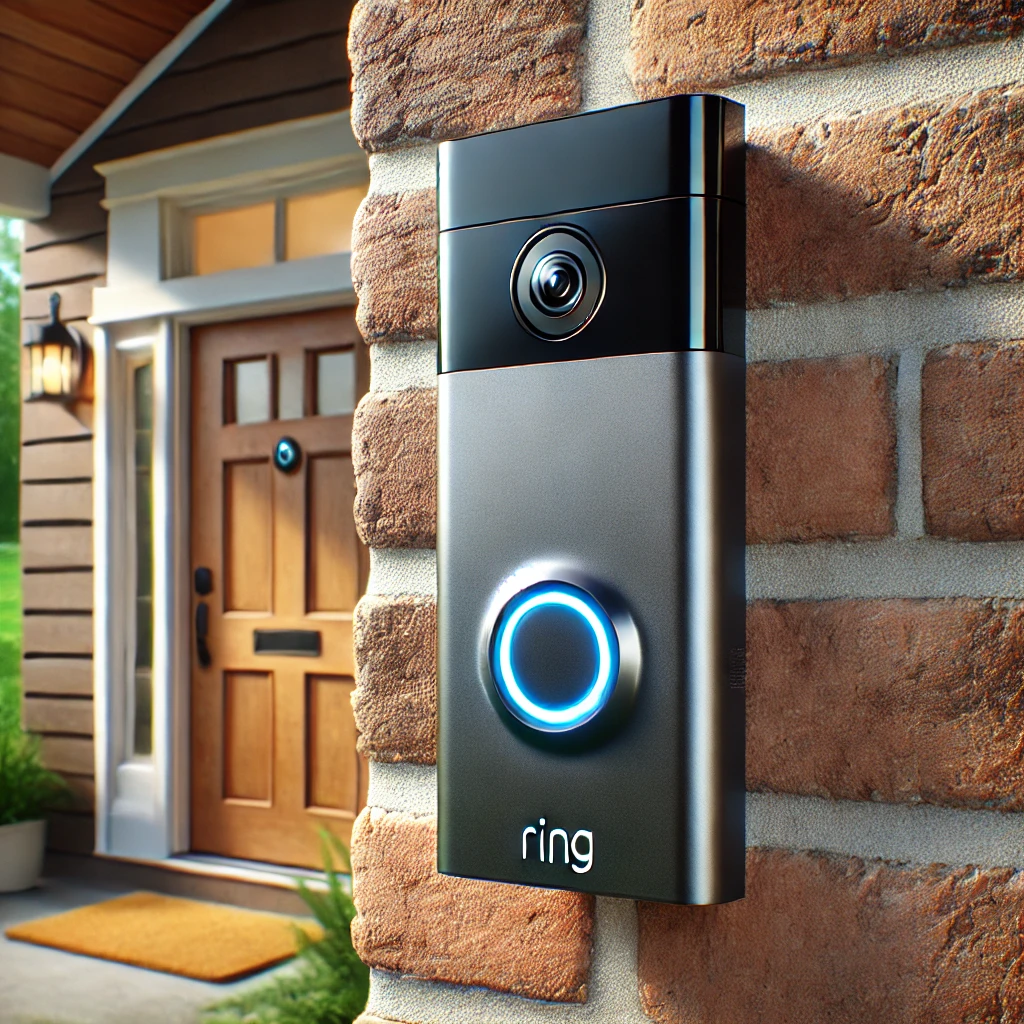
Unlocking the Truth: The Current Possibilities of Forensic Examination of Drones
The rapid proliferation of drones across industries has introduced new opportunities and challenges for forensic investigators. From hobbyist models to sophisticated commercial-grade devices, drones have found applications in delivery, photography, agriculture, and even criminal activities. As the skies fill with these devices, forensic experts have stepped up their capabilities to analyse drones involved in accidents, crimes, or other incidents.
This blog explores the current state of drone forensics, highlighting tools, techniques, and challenges investigators face.
Why Forensic Examination of Drones Matters
Drones can serve as critical evidence in investigations ranging from trespassing and smuggling to espionage and terrorism. Forensic examination helps to:
- Identify the operator.
- Determine the flight path and mission objectives.
- Analyse the drone’s onboard data for signs of tampering or illegal activity.
- Understand hardware and software malfunctions.
Key Areas of Drone Forensics
1. Physical Examination
The first step in drone forensics involves a detailed physical device inspection. This includes:
- Identifying the make and model: Knowing the drone’s specifications helps understand its capabilities.
- Inspecting external components: Damage to propellers, cameras, or sensors can provide insights into collisions, weather conditions, or deliberate sabotage.
- Extracting memory devices: Many drones store crucial data onboard SD cards or internal memory.
2. Flight Data Analysis
Drones record extensive flight data, often accessible through:
- Flight logs: Stored in the drone or its controller, these logs reveal GPS coordinates, altitude, speed, and timestamps.
- Telemetric data: Data exchanged between the drone and its controller sheds light on command sequences.
- Geofencing violations: Modern drones are equipped with software to restrict their operation in sensitive areas, such as airports or government facilities. A breach of these zones can indicate intentional wrongdoing.
3. Digital Forensics
Beyond physical and flight data, drones are essentially flying computers. Investigators can:
- Extract firmware: Analysing the firmware can uncover modifications or malware that alter a drone’s behaviour.
- Access mobile applications: Drone controllers often rely on smartphone apps, which may store user credentials, flight history, and other valuable data.
- Recover deleted data: Advanced tools can recover files intentionally or accidentally deleted from the drone’s memory.
4. Network Analysis
Many drones use wireless communication to connect with their controllers or transmit live video feeds. Forensic experts can:
- Analyse communication protocols: Intercepted signals can provide clues about command-and-control mechanisms.
- Trace the operator: The communication range or unique identifiers (like MAC addresses) can sometimes lead investigators to the drone’s operator.
Tools Used in Drone Forensics
- Open-Source Tools
- Autopsy: A digital forensics platform for analysing drone memory devices.
- OpenDroneMap: This is used to reconstruct drone flight paths and imagery.
- Specialised Hardware
- Chip-off tools: These are used to extract data directly from memory chips.
- RF analysers: To monitor and decode drone communication signals.
- Proprietary Software
- BlackBox: For parsing flight logs.
- Aerial EXIF: Analyses metadata embedded in aerial photographs.
Challenges in Drone Forensics
- Encryption and Proprietary Systems Many drone manufacturers use encryption to protect flight data and communication protocols, making it difficult for investigators to access information.
- Data Volatility Drone data can be significantly ephemeral if the operator damages or deliberately wipes the device.
- Rapid Technological Advancements The drone industry evolves quickly, requiring forensic experts to update their skills and tools continuously.
- Legal and Privacy Concerns Accessing drone data often raises questions about privacy and the legality of specific forensic methods, especially in jurisdictions with strict data protection laws.
Future Trends in Drone Forensics
As drone technology advances, so do the methods for forensic analysis. Key trends include:
- Artificial Intelligence (AI): AI tools can automate data analysis, identify anomalies, and reconstruct complex flight paths.
- Blockchain Integration: Blockchain technology may soon log flight data, enhancing accountability and simplifying investigations securely.
- Enhanced Counter-Drone Systems: Systems capable of detecting, tracking, and capturing rogue drones will provide investigators with more actionable data.
Here are some forensic software tools commonly used in drone forensics, along with their official websites:
1. General Digital Forensic Software
- Autopsy: An open-source digital forensics platform for analysing memory devices.
- Forensic Toolkit (FTK): A comprehensive digital investigations platform.
- X-Ways Forensics: An advanced work environment for computer forensic examiners.
2. Drone-Specific Forensic Tools
- Oxygen Forensic® Detective: Provides methods for drone data extraction and analysis.
- MD-DRONE: A forensic software for extracting and analysing data from various UAVs.
- V2 Forensics: Specialises in UAS forensics, offering solutions to access, extract, decrypt, and parse flight logs.
3. Firmware and Chip Analysis Tools
- Binwalk: A tool for analysing firmware images.
- IDA Pro: A multi-processor disassembler and debugger.
4. Mobile Application Forensics
- Cellebrite UFED: A solution for mobile data extraction and analysis.
- Magnet AXIOM: A digital investigation platform for analysing smartphones and other devices.
5. Network and Communication Forensics
- Wireshark: A network protocol analyser for capturing and analysing network traffic.
- RF Explorer: A handheld digital spectrum analyser.
6. Geospatial Tools
- Pix4Dmapper: Photogrammetry software for professional drone mapping.
- ArcGIS: A geographic information system for working with maps and geographic information.
7. Recovery Tools
- Recuva: A tool for recovering deleted files from Windows computers.
- R-Studio: Data recovery software for various file systems.
Conclusion
Drone forensics is an emerging field that combines digital, physical, and network elements. The need for skilled forensic investigators will only grow as drones play a more significant role in society—both positively and negatively. By staying ahead of technological trends and leveraging advanced tools, investigators can unlock the truth hidden in these flying devices, ensuring justice and safety for all.


